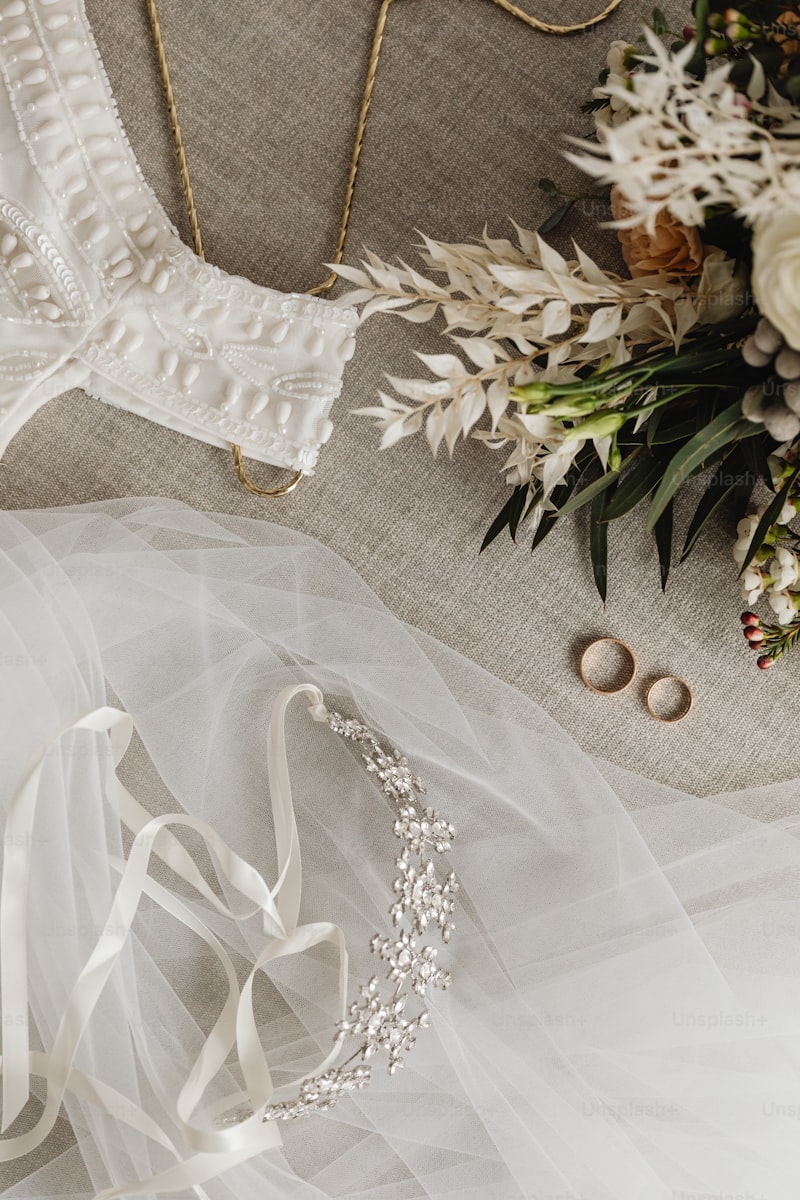Understanding Fabric Composition in Wedding Dresses: A Comprehensive Guide
Wedding dresses are not just garments; they symbolize dreams and create lasting memories. One of the essential factors that contribute to the allure and elegance of a wedding dress is its fabric composition. Understanding fabric composition in wedding dresses is vital for brides-to-be, designers, and anyone involved in the wedding planning process. This article aims to delve deep into the topic, exploring the various types of fabrics, their characteristics, and how they affect the overall look and comfort of wedding dresses.
The Importance of Fabric in Wedding Dresses
Choosing the right fabric for your wedding dress can make or break your special day. The fabric not only influences the dress's appearance but also affects how it feels and moves. Key reasons why understanding fabric composition is important include:
- Comfort: The right fabric ensures comfort throughout the day.
- Durability: Some fabrics are more durable than others, affecting how well the dress holds up during the celebrations.
- Style: Different fabrics lend unique styles and aesthetics to wedding dresses.
- Seasonality: The composition can determine how suitable a dress is for different seasons.
Common Fabrics Used in Wedding Dresses
There are several fabric types commonly used in wedding dresses, each with distinct properties:
| Fabric Type | Characteristics | Best For |
| Satin | Luxurious and smooth; has a high sheen. | Formal weddings, evening receptions. |
| Chiffon | Lightweight and airy; provides a soft draped effect. | Destination weddings, warm climates. |
| Lace | Intricate and textured; adds vintage and romantic appeal. | Classic and traditional weddings. |
| Organza | Crisp and clear; gives structure to designs. | Ball gowns, dramatic silhouettes. |
| Tulle | Light and sheer; ideal for layering. | A-line skirts, whimsical designs. |
1. Satin
Satin is one of the most popular choices for wedding dresses due to its luxurious look and feel. It has a soft, smooth surface and a slight sheen that can enhance the overall elegance of the gown. Satin drapes beautifully, making it perfect for fitted styles. Brides often choose satin for traditional weddings, as it exudes sophistication and class.
2. Chiffon
Chiffon is a lightweight, translucent fabric that provides a soft, flowing look. Its delicate nature allows for stunning movement, making it ideal for bohemian or destination weddings. Chiffon can create ethereal designs and is often layered to add depth to the gown. Its cool-to-the-touch feel makes it perfect for summer weddings.
3. Lace
Lace is synonymous with romance. This intricate fabric can be used as an overlay or a primary material for wedding dresses. Lace adds texture and a vintage feel to any design. It's commonly chosen for classic or traditional styles, where brides want an enchanting look that nods to history.
4. Organza
Organza is a thin, crisp fabric that adds structure and fullness to a wedding dress. It is often used in ball gowns and dramatic silhouettes. Its slight sheen and translucent quality make it a favorite for layering. Organza can also be embroidered or embellished, adding a touch of glamour.
5. Tulle
Tulle is a very lightweight, net-like fabric often used in wedding skirts. Its airy quality makes it fantastic for creating volume while remaining comfortable. Tulle can be layered for added drama or used in minimalist designs for a subtle statement. Often, brides will combine tulle with other fabrics for a unique look.
Factors to Consider When Choosing Fabric Composition
When selecting a fabric for a wedding dress, there are several important considerations to keep in mind:
- Season: Heavier fabrics are ideal for winter weddings, while lighter materials work well for summer nuptials.
- Silhouette: The fabric can dramatically alter how a dress fits the body and its overall silhouette.
- Personal Style: The fabric should align with the bride's personal taste and the theme of the wedding.
- Maintenance: Consider how easy or difficult the fabric is to clean and maintain after the wedding.
- Allergies: Be mindful of fabrics that may cause skin irritation or allergies.
Environment and Sustainability in Fabric Choices
As more brides become environmentally conscious, sustainable fabric options are gaining popularity. Choosing eco-friendly materials not only supports the planet but can also result in unique and beautiful wedding dresses. Organic cotton, bamboo silk, and recycled fabrics are excellent options to consider. Understanding the composition of these eco-friendly materials can further enhance the beauty and ethics of the chosen design.
Popular Questions About Fabric Composition
Brides often have many questions when it comes to fabric selection. Here are a few commonly asked questions:
- What fabric is best for a summer wedding dress? Lightweight fabrics like chiffon and lace are ideal.
- Can I mix different fabric types? Yes, combining fabrics can create a unique look!
- How do I care for my fabric wedding dress? Always follow the care label; consider professional cleaning.

Conclusion
Understanding fabric composition in wedding dresses is crucial for creating the perfect gown for your big day. Each fabric offers unique benefits and styles that can enhance your bridal experience. Remember to consider factors such as seasonality, personal style, and environmental impact when making your choice. Ultimately, the right fabric will not only make you look stunning but will also ensure comfort and confidence as you walk down the aisle. With careful consideration and a little research, brides can choose the ideal fabric composition to reflect their style and make their wedding day unforgettable.
Final Thoughts
As you embark on this exciting journey of selecting your wedding dress, keep these insights in mind. Understanding the intricacies of fabric composition will empower you to make an informed decision, setting the foundation for a beautiful and memorable wedding day. Embrace this time with joy, and let your personality shine through in every fabric choice.